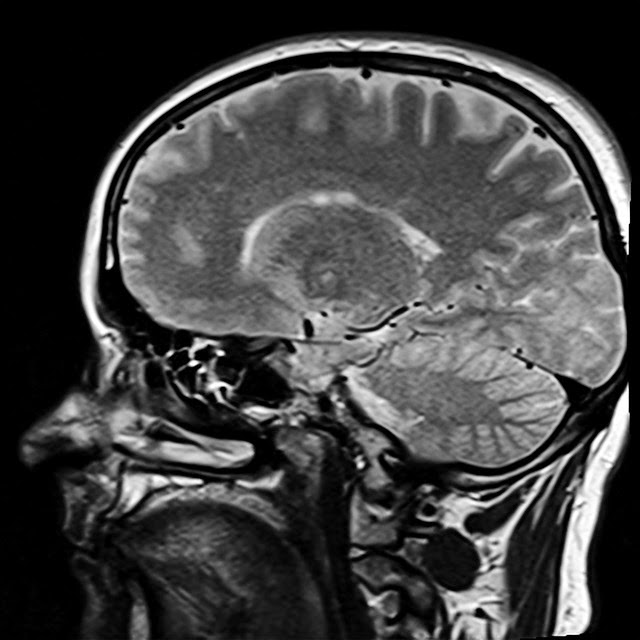Posted by Tonya Breaux-Shropshire

Creativity is a thinking process that gives us the ability to generate ideas, and innovation puts those ideas into practice to create value. Leading companies, such a General Electric and Google, are famous for using innovation to create value. But hospitals? Well, we may be less well-known as innovators, but that is starting to change.
I say that as I move forward with a new quality improvement program to increase innovation in the staff at UAB Hospital and the Veterans Administration (VA) Hospital in Birmingham, AL. This idea began when I met Dr. Rubin Pillay, the futurist and Professor of Innovation and Entrepreneurship at the Collat School of Business and Assistant Dean for Global Health Innovation at the UAB School of Medicine after hearing his inspiring speech in July 2014.
Now, I am a Veterans Administration (VA) Quality Scholar Fellow at UAB with a specialty in hypertension in the School of Medicine, Cardiovascular Division/Vascular Biology and Hypertension Program. I also serve as Adjunct Faculty for the UAB School of Nursing Family, Community Health, and Outcomes. I know a great deal about evidence-based practices in cardiovascular medicine, nursing, and community health.
However, Dr. Pillay’s talk about medical innovation centers made me realize how little I knew about the science in this area, for which he edits an academic journal, Innovation and Entrepreneurship in Health. Intrigued, I approached him, we talked, and we decided to propose using his copyrighted tool to assess UAB Hospital and VA Medical Center nurse managers. The objective would be to determine their innovative competencies and provide training targeting the gaps to improve their skill levels. VA leadership has approved the new program and leaders at the UAB School of Nursing are very interested in the idea. A meeting is pending to discuss logistics.
Why should we do innovation training, and why train nurse managers? Because nurse managers need to be equipped to lead and create an environment for new ideas to thrive. And because it works. Dr. Pillay cites numerous example of how training and the adoption of innovation thinking as led to better health outcomes. For example, one hospital clinic in Uganda used his innovation model to build a quality health service for HIV patients. In another example, his work is well known at the Oklahoma State University Center for Health Sciences in Tulsa where he spearheaded the Oklahoma State University’s new Center for Health Systems Innovation. This center was the first in the nation dedicated to harnessing entrepreneurship, creativity and innovation to improve health and health care systemically.
Perhaps most importantly, at UAB, we live in a world of evidence-based medicine, where science is put to work every day to make our lives better. Evidence-based intervention calls for innovative and trained interdisciplinary teams to improve the likeness of success. It is no surprise that our tagline is “UAB: Knowledge that will change your world.” Stay tuned as we embark on this foray into the science of purposeful change built around new ideas, problem finding, and problem solving.
Image credit: www.reply-mc.com

